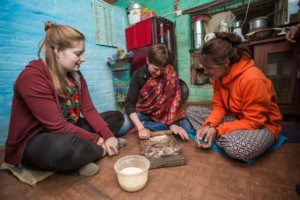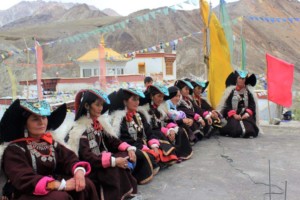Unhiding Hirapur: A case study in cultural heritage tourism development
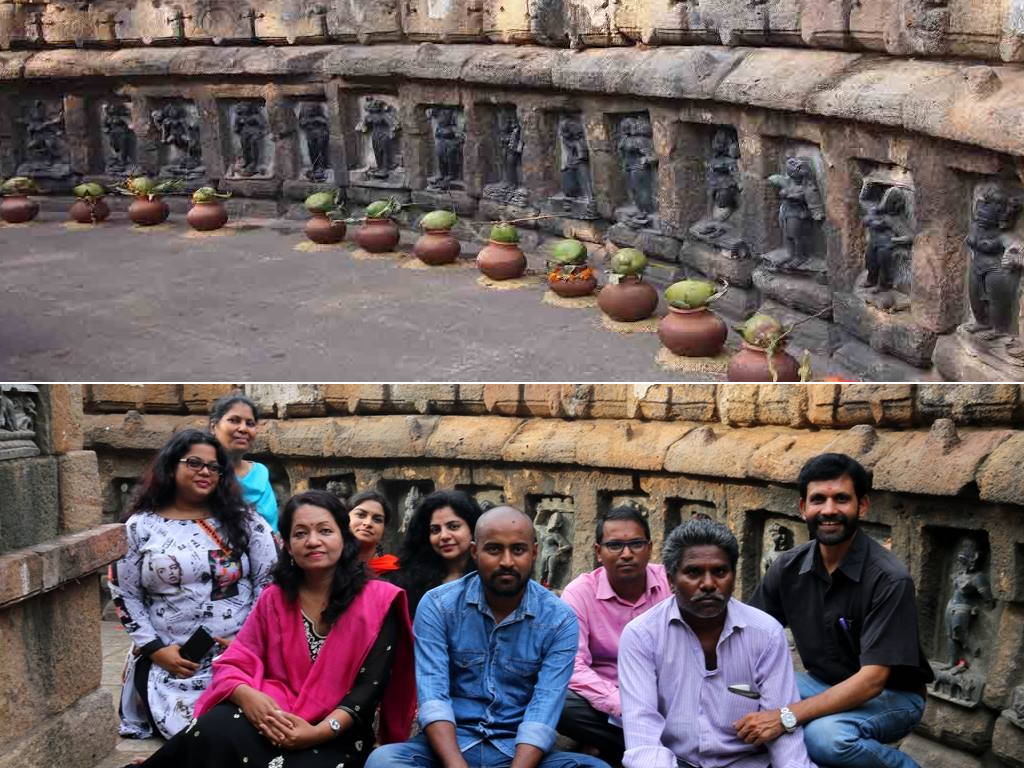
How does an institution of the Ministry of Tourism, Government of India transform underappreciated cultural heritage into a tourism attraction? Adyasha Das offers this “Good Tourism” Insight.
[Thanks to “GT” Partner the World Tourism Association for Culture and Heritage (WTACH) for inviting Dr Das to write this “GT” Insight. You too can write a “GT” Insight.]
Through my research, travels, and cultural experiences, I have developed a deep interest in the similarities and differences between societies, particularly their cultures and heritages. Globalisation has created new perceptions and interpretations of social and cultural spaces and this has spurred my studies, starting with the hidden and forgotten aspects of cultural heritage in my home state of Odisha, India.
Don’t miss other “Good Tourism” Insights from India
Odisha’s cultural heritage is magnificent, voluminous, and diverse. Its population boasts extraordinary artistic skill and craftsmanship reflected in its temples, as well as deep historical maritime links with foreign countries that have inspired different forms of art.
Hidden Hirapur
The Chausathi Yogini temple of Hirapur lies only 15 kilometres from the state capital Bhubaneswar. Hirapur dates back to the 8th/9th century and is renowned for its pantheon of 64 Yogini deities. (Chausathi Yogini temples are scattered across central and northern India. Chausath, चौसठ, is Hindi for 64. Yogini is a formal Sanskrit term of respect for female Hindu or Buddhist spiritual teachers. Yogi is for male teachers.)
Yet despite its proximity to Bhubaneswar, and its historic, cultural, and architectural grandeur, Hirapur was, until recently, relatively unknown in Odisha let alone elsewhere. Not only did it require aggressive promotion to tap its tourism potential, local people also seemed quite ignorant of that potential for their nearby village, also named Hirapur, and the employment opportunities tourism might generate for them.
In 2012, a team from the Indian Institute of Tourism & Travel Management (IITTM) of which I was a part, conducted an impact assessment study for the implementation of tourism training in the village.
The objectives of the study were to ascertain opportunities for:
- The generation of employment through tourism development, and
- The conservation of cultural heritage through community participation.
Community consultation
We visited Hirapur village several times, interacted with representatives of 100 families, and held discussions with a focus group. Initially, it was difficult to convince the villagers to participate in the discussions. Not only were they disinterested, they also objected to the idea of tourists visiting their “village temple” as they called it.
Nevertheless, we found that around 45% of villagers felt the need to preserve and promote the unique temple for tourism. They also expressed the need for training in order to take advantage of the employment opportunities that would come from tourism.
We formed a small group of volunteers and went door to door, convincing many others of the potential benefits of tourism and the safeguards that would be part of any tourism development strategy.
Don’t miss other “GT” posts tagged with
“Community-based tourism”
Accordingly, IITTM designed a guide training programme encompassing a wide of range of skills and topics, including communication, etiquette and grooming, marketing and promotion, and even the sociocultural elements of tourism.
Some 50 inhabitants of Hirapur village successfully completed the first run of the programme. Thereafter, training programmes have been conducted periodically, with follow-up assistance provided to graduates seeking employment.
Many trained guides at the destination today obtained their certification from IITTM.
Don’t miss other “GT” posts tagged with
“HR and human capital development”
The hypaethral (open air), ancient temple of Hirapur was to be the primary attraction for visitors to the area, of course, but a small group of priests posed a big hurdle by protesting the guide training. They resisted the entry of the guides to the site, perhaps because they used the temple precinct as their home.
However, it turned out that even they were ill-informed about the history and heritage of Hirapur. After frequent visits and talks, they too enrolled for the training.
Now, many of the priests live nearby and have set up shops in close proximity to the temple, selling crafts, souvenirs, food, tea, and religious items for worship.
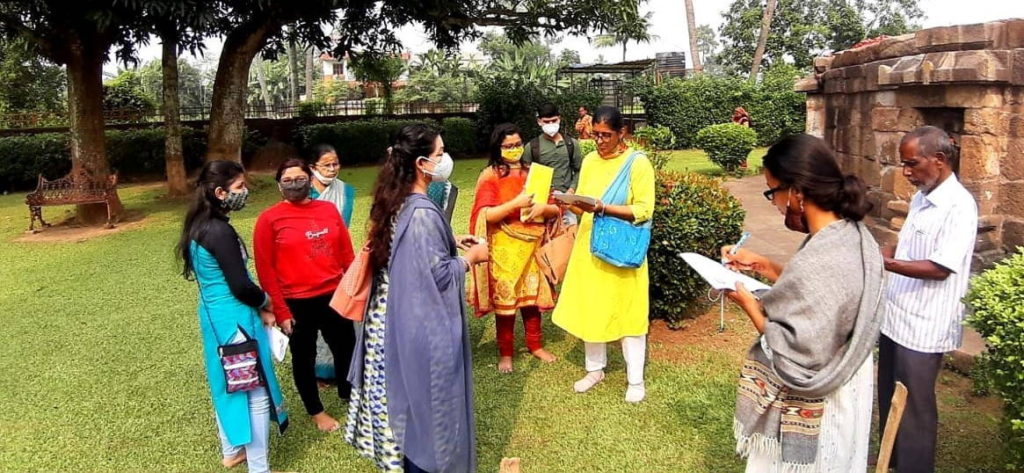
Recommendations & reconnections
Our research team made further recommendations that we submitted to the Odisha State Tourism Department with reference to the following:
- Construction of a crafts village to showcase the products of local artisans;
- Construction of recreation facilities and a cafeteria;
- Regular guide training programmes for village-based and rural tourism;
- Sensitisation programmes for villagers centred on heritage conservation and promotion; and
- Capacity-building training programmes for the youth.
Beyond simply making recommendations, IITTM has also played a part in realising these initiatives. Indeed the Culture and Heritage Club at IITTM continues to conduct training programmes on a range of skills, such as developing heritage walks, storytelling, itinerary preparation, etc. For example, the Ancient Temple Walk and Heritage Walk, which were developed with the Club’s input, are explorations of the treasures of Hirapur, giving visitors an opportunity to reconnect with the temple’s history and culture, and marvel at the significance of its sacred spaces.
I have also had the privilege of representing IITTM in leading walks through the site, such as ‘The Divine Feminine Heritage Walk’ that was part of the 4th India City Walks Festival in November 2021.
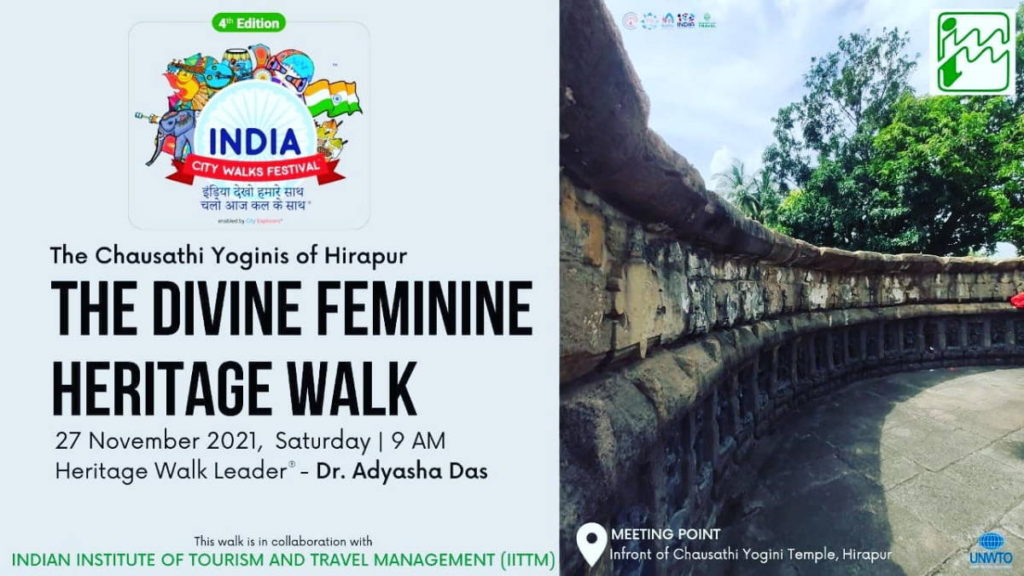
Unhidden Hirapur
Today, Hirapur is a popular destination in the niche cultural heritage tourism segment.
Footfall has increased steadily since IITTM’s interventions, as better promotion and documentation of the history and myths associated with the site have increased its attraction. Better access roads, signage, cleanliness and sanitation, as well as a cordial host population, have also helped embolden Hirapur’s place on Odisha’s tourism map.
The annual Chausathi Yogini Mahotsav, a three-day festival of culture and arts held at Hirapur, first emerged in 2010. (Mahotsav, महोत्सव, is Hindi for ‘festival’.) More recently, in 2019, it became an international event showcasing classical music and dance forms as well as panel discussions about the mysteries and untold legends of the Yoginis.
Don’t miss other “GT” posts tagged with
“Culture, cultural heritage, & history tourism”
Based on my research and readings on the Chausathi Yogini temple at Hirapur, I wrote a book entitled The Chausathi Yoginis of Hirapur — from Tantra to Tourism. It was motivated by my desire to delve deeply into the tantric roots of the Yogini cult and connect them to the cultural tourism potential of Hirapur.
The pulse of this sacred space can be felt as one walks towards the powerful dancing Yoginis. When one visits this solitary spot on a serene day, one feels as though the Yoginis are telling the story of their long-lost legacy; the past joining the present in a loop of time.
What do you think? Share a short anecdote, comment, or question below. Or write a “GT” Insight. The “Good Tourism” Blog welcomes diversity of opinion and perspective on travel & tourism because travel & tourism is everyone’s business.
Featured image (top of post): Tourism scholars and professionals with the Yoginis at Hirapur, Bhubaneswar, Odisha, India. Top image via Odisha Tourism. Group photo supplied by the author.
About the author

Adyasha Das is an Associate Professor at the Indian Institute of Tourism & Travel Management (IITTM), Bhubaneswar.
A multiple award-winning researcher, writer, and travel blogger from Odisha, Dr Das has received the Shriram Travel Grant and is the Akshar Writer in Residence hosted by Sahitya Akademi, India and the Goethe Foundation, Germany.
Adyasha’s major publications focus on the topics of heritage and cultural tourism, human resource management and tourism, and the psychology of tourist behaviour. She has presented papers at several universities and professional training insitutions throughout Asia, Europe, and North America.
Thanks to “GT” Partner the World Tourism Association for Culture and Heritage (WTACH) for inviting Dr Das to write this “GT” Insight. You too can write a “GT” Insight.



